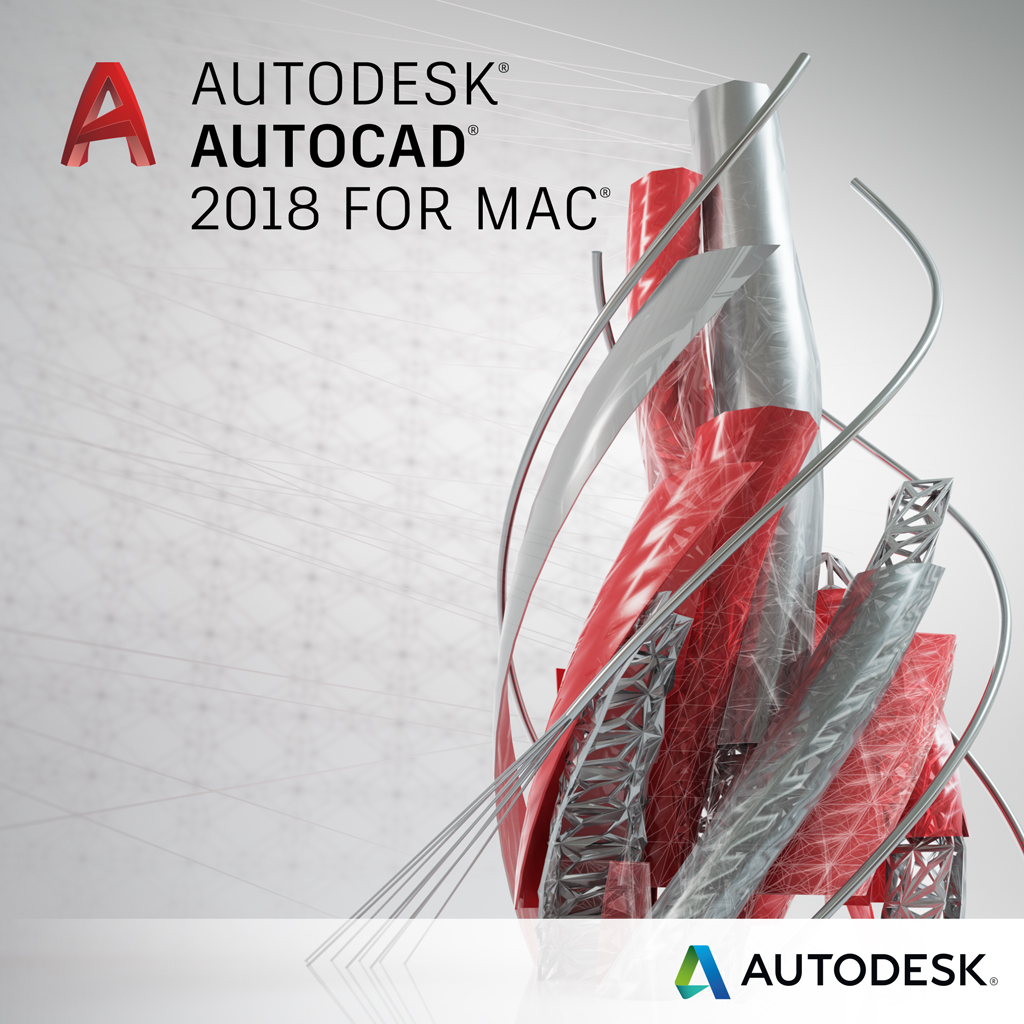

Really! Open your old AutoCAD files with no need to go through an export-import process. Imagine a CAD package using the exact same DWG file format as your existing drawings, all the professional quality tools you need, the look and feel you already know, at a fraction of the price? They didn’t have the budget to convert or re-create all the drawings that needed to be maintained, and AutoCAD LT had too many features stripped out of it to be a viable option, so it looked like we were stuck… or so I thought. They considered abandoning AutoCAD entirely, but this meant that decades worth of 2D drawings which were still in active product lines could be lost.
#Does xlist work in atocad lt software
One day, the company I was working for at the time needed to change to a software that had the capability of 3D modeling and running LISP routines. I appreciated the sheer power and capability of parametric modeling in SOLIDWORKS, but never got over my affection for the look and feel of 2D AutoCAD so I stuck to using both sets of software. Whenever I needed to do 3D CAD work I used SOLIDWORKS.

Like most people I used AutoCAD primarily for 2D drafting and design work, but also for non-parametric 3D modeling on occasion. In this article, I’m going to talk about the features I discovered that made me switch from AutoCAD to DraftSight and why I think you should too. For more than twenty-seven years, I used AutoCAD but it was time to change, so I switched to DraftSight and have never looked back. The menu layout, the command line, the color scheme and all the customized buttons and LISP routines you’ve painstakingly created over the years combine to form a cozy, familiar environment you’re more than a little reluctant to leave behind. For some, working in AutoCAD feels like a comfortable, well-worn glove.


 0 kommentar(er)
0 kommentar(er)
